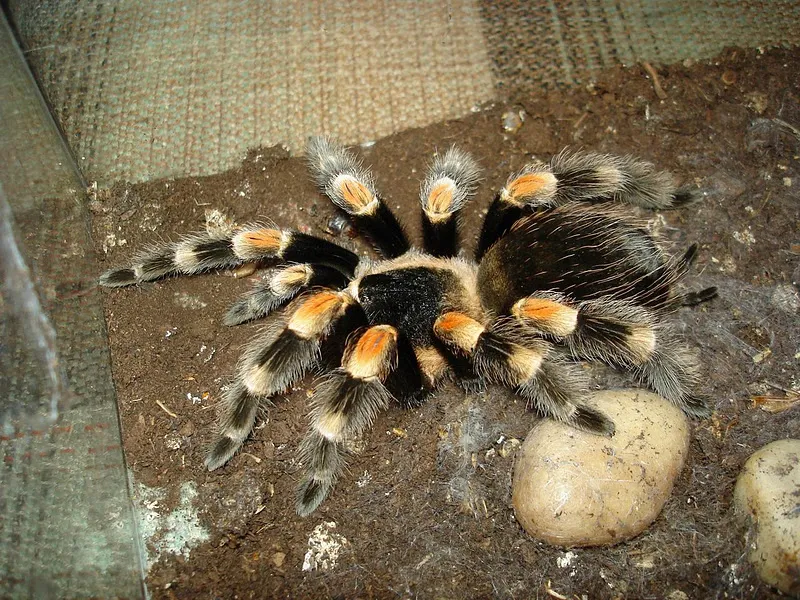Why Is My Tarantula Not Eating?
If you’re a tarantula owner, one of the most concerning things that can happen is when your pet stops eating. A healthy tarantula typically has a hearty appetite, so a sudden refusal to eat can be alarming. There are several reasons why your Mexican red knee tarantula, or any other species, might be experiencing a loss of appetite. Understanding these reasons is crucial for providing the best possible care and ensuring your tarantula’s well-being. This article explores the common causes behind tarantula feeding issues, offering insights into how to address them and ensure your eight-legged friend stays healthy and happy.
Temperature and Humidity
Temperature and humidity play vital roles in a tarantula’s overall health and appetite. These factors are particularly critical for Mexican red knee tarantulas, which thrive in specific environmental conditions. If the temperature or humidity levels are not within the ideal range, it can lead to stress, reduced activity, and a loss of appetite. Always monitor the conditions inside the enclosure and adjust as needed to maintain a healthy environment.
Ideal Temperature and Humidity Levels
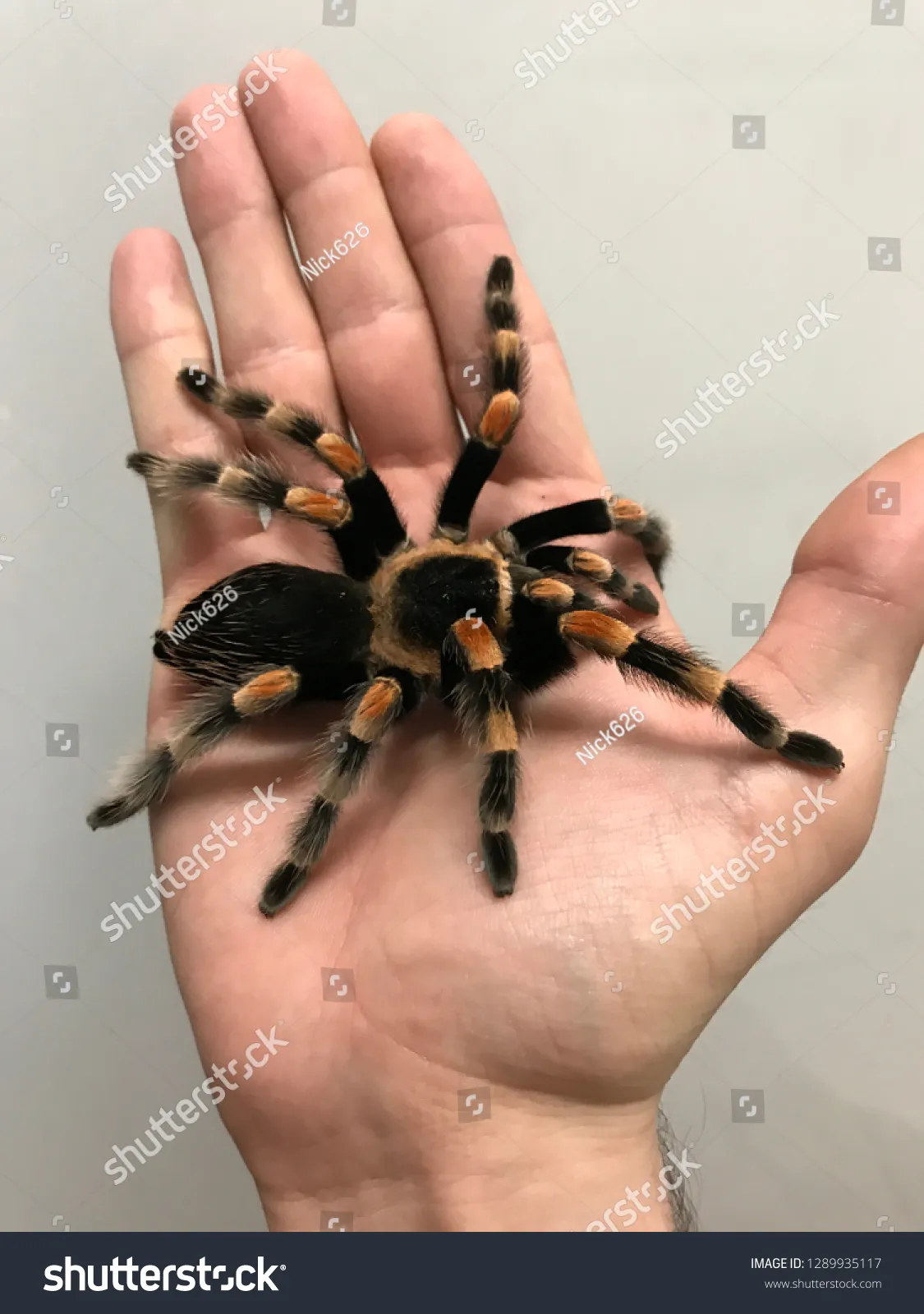
Mexican red knee tarantulas prefer a temperature range between 75°F and 85°F (24°C and 29°C). The humidity level should be maintained between 60% and 70%. These conditions mimic their natural habitat and are essential for their well-being. To ensure these levels are met, use a reliable thermometer and hygrometer to monitor the enclosure. You can increase humidity by lightly misting the enclosure with dechlorinated water or by providing a water dish.
Impact of Incorrect Levels
If the temperature is too low, the tarantula’s metabolism slows down, leading to decreased activity and appetite. Conversely, high temperatures can cause dehydration and stress. Low humidity can also lead to dehydration, making it difficult for the tarantula to molt properly and impacting their desire to eat. High humidity levels, on the other hand, can promote the growth of mold and bacteria, posing health risks. Consistent monitoring and adjustments are necessary to ensure the tarantula’s comfort and health.
Molting Cycle
Molting is a natural process where tarantulas shed their exoskeletons to grow. During this time, tarantulas often lose their appetite as they prepare for the molt. Recognizing the signs of an impending molt and understanding the process is crucial for providing appropriate care. Do not disturb the tarantula during the molting process. Be patient; it is a crucial process.
Signs of an Impending Molt
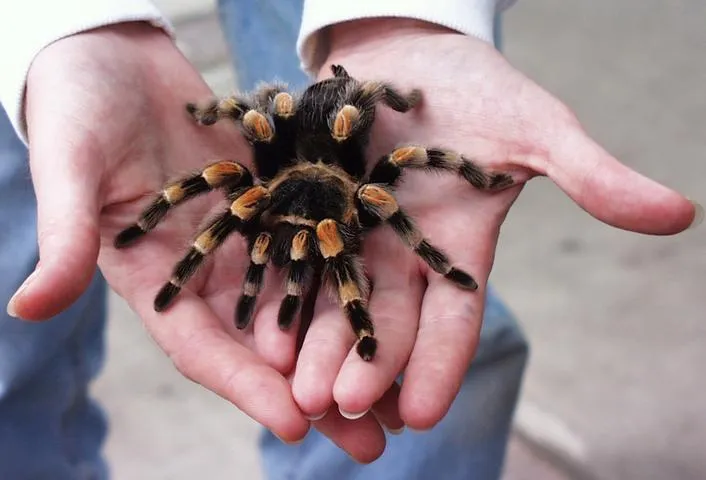
Several signs indicate that your tarantula is preparing to molt. These include a loss of appetite, a change in behavior such as increased lethargy, and the darkening of the abdomen. You might also notice the tarantula sealing itself in its burrow or web, indicating that it’s getting ready to shed its exoskeleton. Be prepared to provide a safe and undisturbed environment during this time.
Feeding During Molt
It is not advisable to feed your tarantula when it is preparing to molt or during the molting process. The stress of digestion can hinder the molting process. If the tarantula has already sealed itself in or is showing signs of an impending molt, remove any uneaten food from the enclosure. Provide fresh water and maintain proper environmental conditions to ensure a smooth molt.
Pre-Molt Fasting Behavior
It’s typical for tarantulas to stop eating a few weeks or even months before molting. This is a natural behavior as the tarantula conserves energy and prepares to shed its exoskeleton. Do not be alarmed if your tarantula refuses food during this period. Continue to provide fresh water and maintain the ideal temperature and humidity levels. Once the molting process is complete, the tarantula will likely regain its appetite. The period of not eating usually lasts between a few days to a few weeks.
Stress and Environment
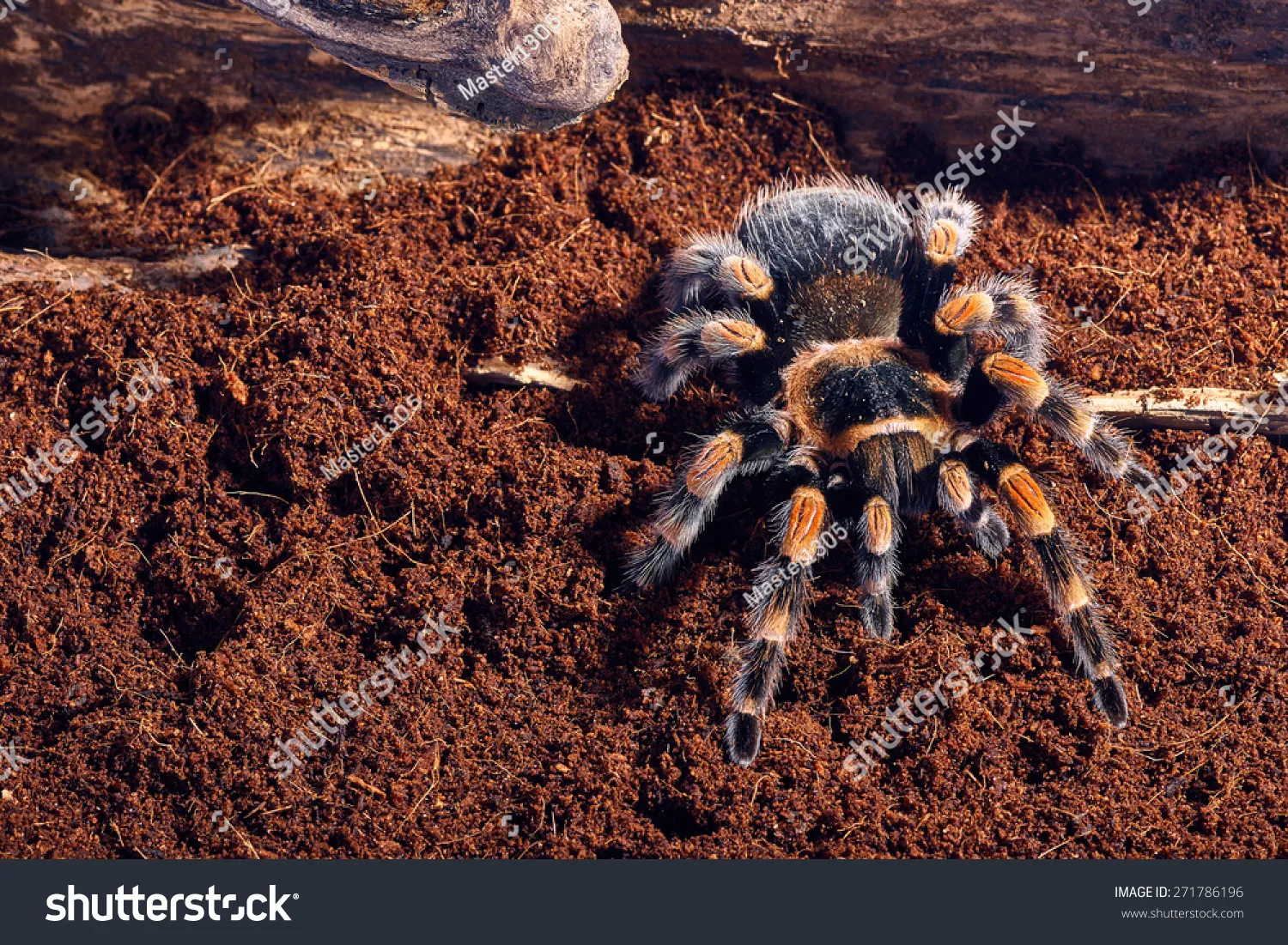
Stressful environments can significantly affect a tarantula’s feeding habits. Tarantulas are sensitive creatures, and changes in their environment or exposure to stressors can cause them to stop eating. Understanding and mitigating these stressors is crucial for keeping your tarantula healthy and content.
Common Environmental Stressors
Several factors can cause stress in tarantulas. These include frequent handling, vibrations, loud noises, overcrowding, and the presence of other predators or prey. Changes in the enclosure, such as relocation or sudden temperature fluctuations, can also cause stress. To minimize stress, provide a stable and secure environment.
Impact of Stress on Appetite
When a tarantula is stressed, its metabolism can be affected, leading to a loss of appetite. The tarantula might retreat to a secluded area and refuse to eat. In severe cases, stress can weaken the immune system, making the tarantula more susceptible to illness. Regularly monitor your tarantula’s behavior and environment to identify and address any potential stressors.
Proper Enclosure Setup
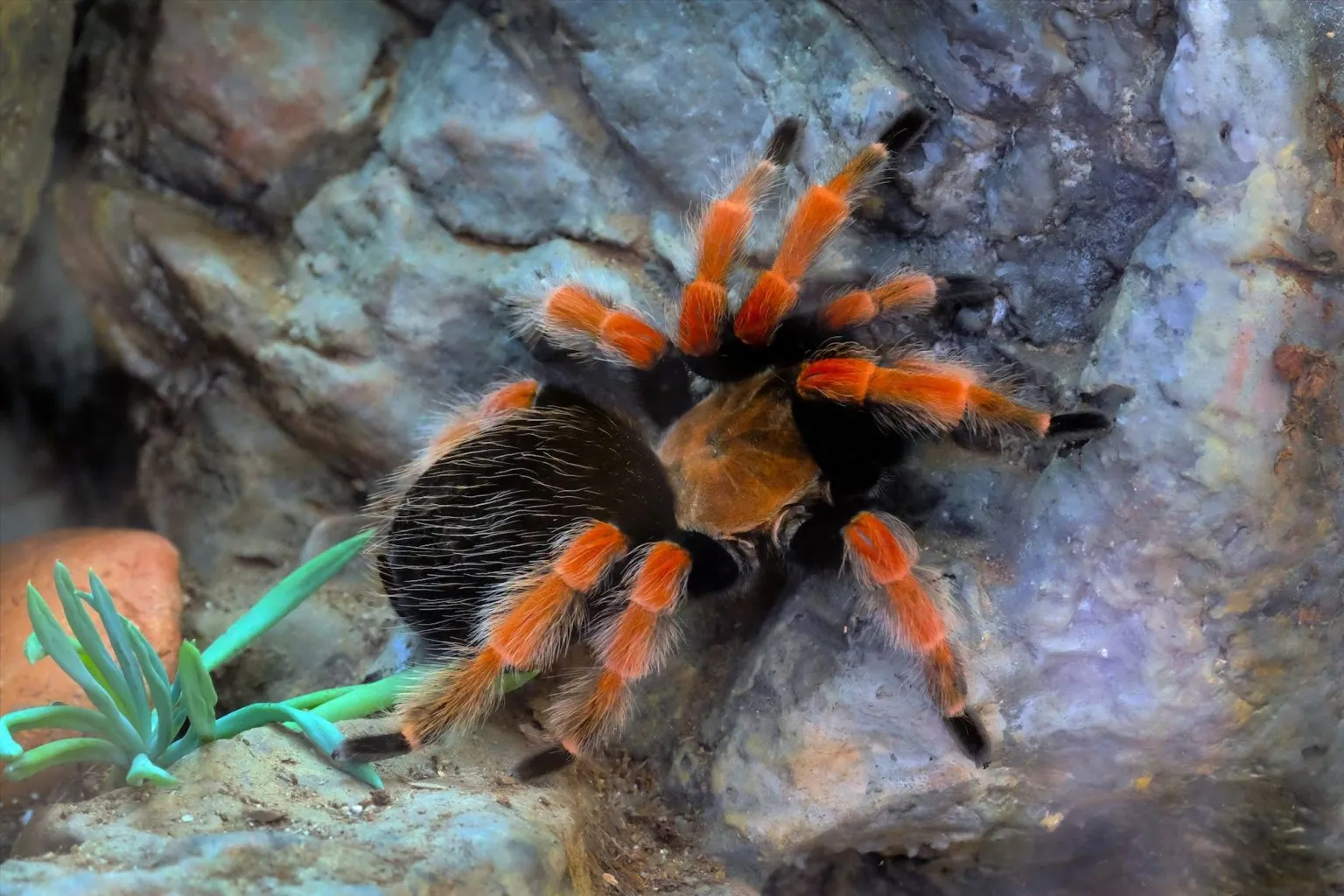
A well-designed enclosure is essential for reducing stress. The enclosure should be appropriately sized for the tarantula, with enough space for movement and hiding. Include appropriate substrate, such as coco fiber or peat moss, to help maintain humidity. Provide a secure hiding place, such as a hide or burrow, where the tarantula can retreat when feeling threatened. Ensure that the enclosure is free from potential hazards, such as sharp objects or toxic materials.
Parasites and Illness
Parasites and illnesses can also be the cause of a tarantula’s loss of appetite. While tarantulas are generally hardy creatures, they can be susceptible to certain health issues. It’s important to know how to recognize the signs of illness and seek professional help when necessary.
Identifying Parasites and Illness
Look out for unusual behaviors such as lethargy, loss of appetite, and changes in appearance. Other signs include discoloration, unusual bumps or lesions, or difficulty moving. If you suspect your tarantula is ill, isolate it from other pets and seek professional veterinary care. Do not attempt to self-diagnose or treat the tarantula, as this can worsen the situation.
Seeking Veterinary Assistance
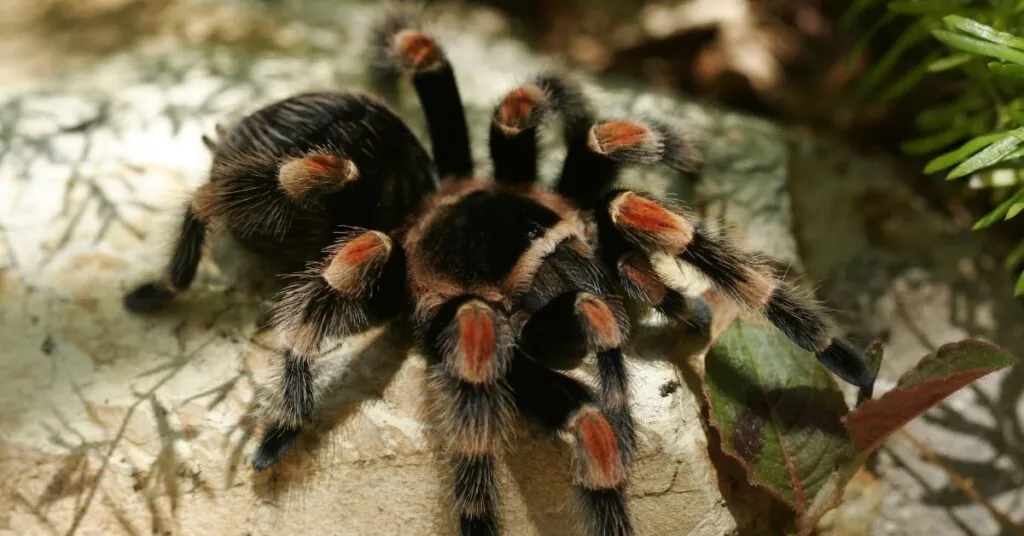
If you notice any signs of illness, consult a veterinarian with experience in exotic pets. A veterinarian can perform the necessary tests to diagnose the problem and recommend appropriate treatment. Follow the veterinarian’s instructions carefully and provide the prescribed medications or care. Early detection and treatment are crucial for a successful recovery.
Food Quality and Availability
The quality and availability of food play a key role in the feeding habits of your tarantula. Offering the right type of prey and ensuring it is fresh and appropriate in size can encourage your tarantula to eat. Choosing the proper diet is essential for its overall health.
Choosing Appropriate Prey
The most common food for tarantulas includes crickets, mealworms, and roaches. Ensure that the prey is gut-loaded with nutritious food prior to feeding. Avoid feeding your tarantula prey that has been exposed to pesticides or chemicals. Offer a variety of prey to keep your tarantula’s diet balanced and interesting.
Prey Size and Feeding Frequency
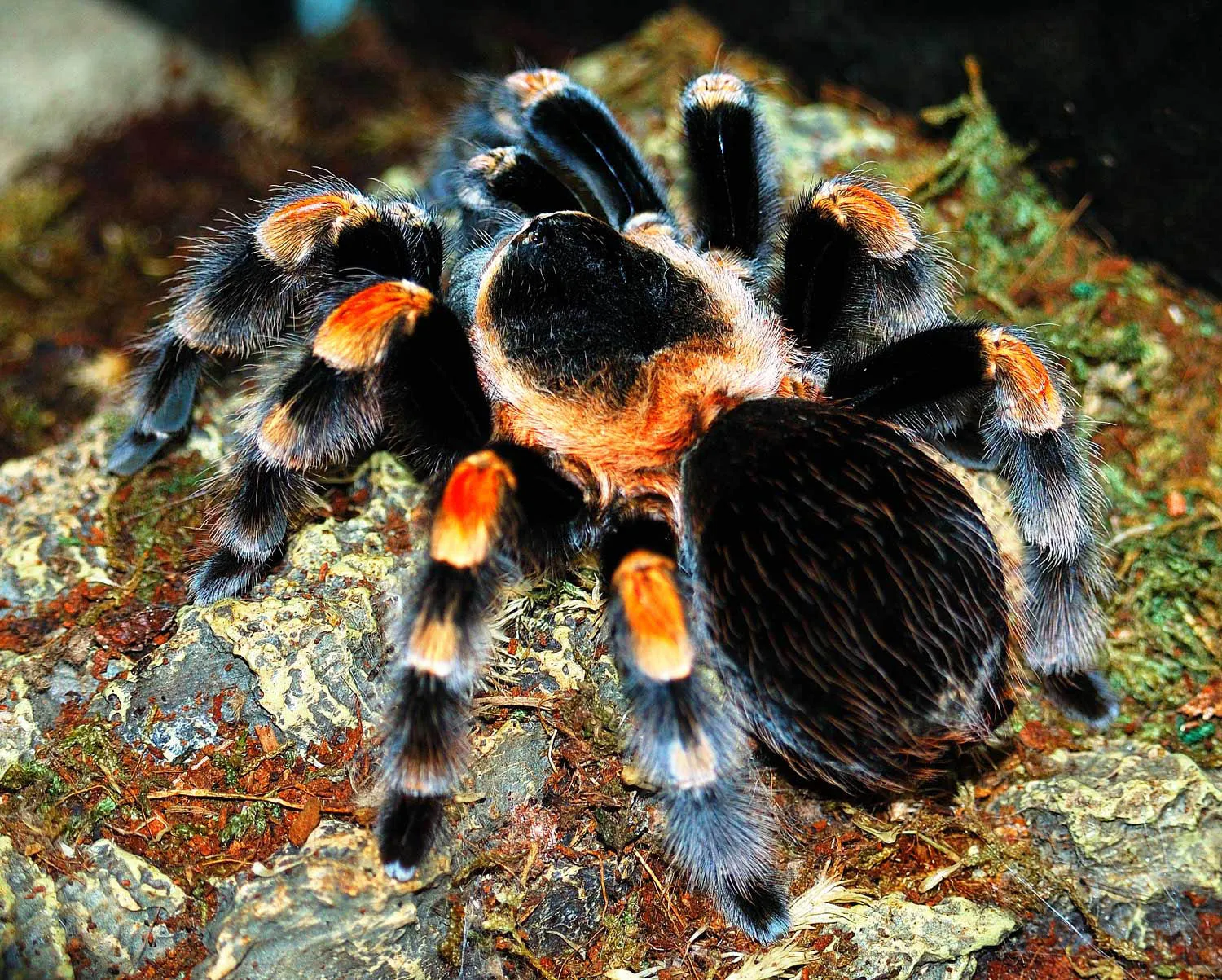
The size of the prey should be appropriate for the size of your tarantula. As a general rule, the prey should be no larger than the tarantula’s body. Overfeeding can stress your tarantula, and too-large prey can pose a risk. Feed juveniles once or twice a week, while adults can be fed every one to two weeks. Adjust the feeding frequency based on your tarantula’s appetite and overall health.
Conclusion What to Do if Your Tarantula Won’t Eat
A tarantula’s refusal to eat can be caused by various factors. By carefully monitoring the environmental conditions, understanding the molting cycle, and providing a stress-free environment, you can ensure your tarantula remains healthy and has a healthy appetite. Always consult with a veterinarian if you are concerned about your tarantula’s health or eating habits. With proper care and attention, your Mexican red knee tarantula can thrive and bring you years of enjoyment.
